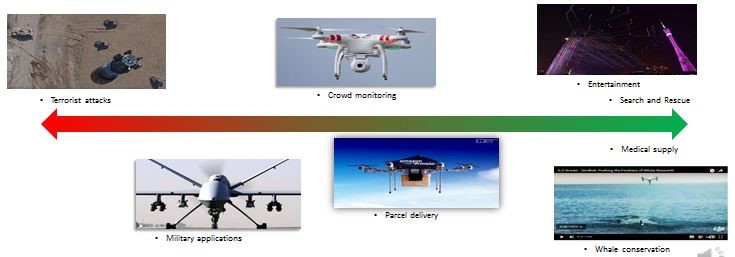Incursion Response in Urban Areas – Video
- In:
- 2017 Forest Growers Conference
- Report No:
- AC2017-05
- Report Date:
- October 17, 2017
- Author(s):
- Tara Strand: Scion
Incursion Response in Urban Areas – Tara Strand, Scion
Responding to new pest incursions in urban areas
Conference presenter: Dr Tara Strand, Scion
Scion is leading a MBIE programme which collaborats with a large number of national and international research teams to develop new tools for responding to new pest incursions in urban areas. Research areas include:
- New surveillance technologies – to speed up the response to pest incursions
- Targeted eradication tools – to improve efficacy and reduce social and environmental impacts of pest control
- Better ways of engaging with urban communities and others working in urban pest detection and control.
New surveillance technologies
One of the most innovative aspects of the urban pest control programme is the development of ‘Cyborg’ UAV technology to locate pests in trees or other hide-outs. Scion is working with French scientists to develop a pheromone sensor which, when mounted on a UAV, can locate target pests by their odour. So far, a ground-based system has been successful; the next challenge is getting the sensor to work when airborne.
Targeted eradication tools
Helicopter spot-spraying using a tethered ring-boom appears a promising way of targeting specific trees known to harbour unwanted pests. UAV-mounted sprayers also have very good potential. The way the wake, or down-draft, of the aircraft affects spray dispersal is a critical factor affecting how well these highly targeted spray techniques work. Researchers are developing models to predict and describe wake characteristics, and undertaking operational trials of different technologies.
Eradication theory – disrupting pest populations
Eradication theory involves pushing pest populations to collapse. As population density decreases, so does population growth – this is known as the ‘Allee effect’, and can be brought about, for example, by enhancing:
- Natural enemies
- Failure to mate
- Removal of host plants and fragmentation of habitat
Scion researchers are developing models to explore what happens to an established pest – the European gypsy moth – if its habitat becomes increasingly fragmented. The models describe habitat thresholds – just how much of the pest’s habitat has to be removed for eradication to occur.
Better ways of communicating with urban communities
Developing new ways to communicate with urban communities in areas where risk of pest incursion is high, such as near ports and airports, is a priority. Researchers are working with urban pest monitoring and control agencies to develop new tools to help them better deal with the complex tasks they face.
The complexity of dealing with the public is well-illustrated by this analysis of the range of public perceptions associated with UAVs:

Amongst other approaches, researchers are taking their new technologies, including UAVs, to community meetings, so that locals get a chance to see the UAVs close up, and understand their role in pest control.
Presentation below.
- Document:
- 05 Urban Incursion_Tara Strand (1.30 Mb)




